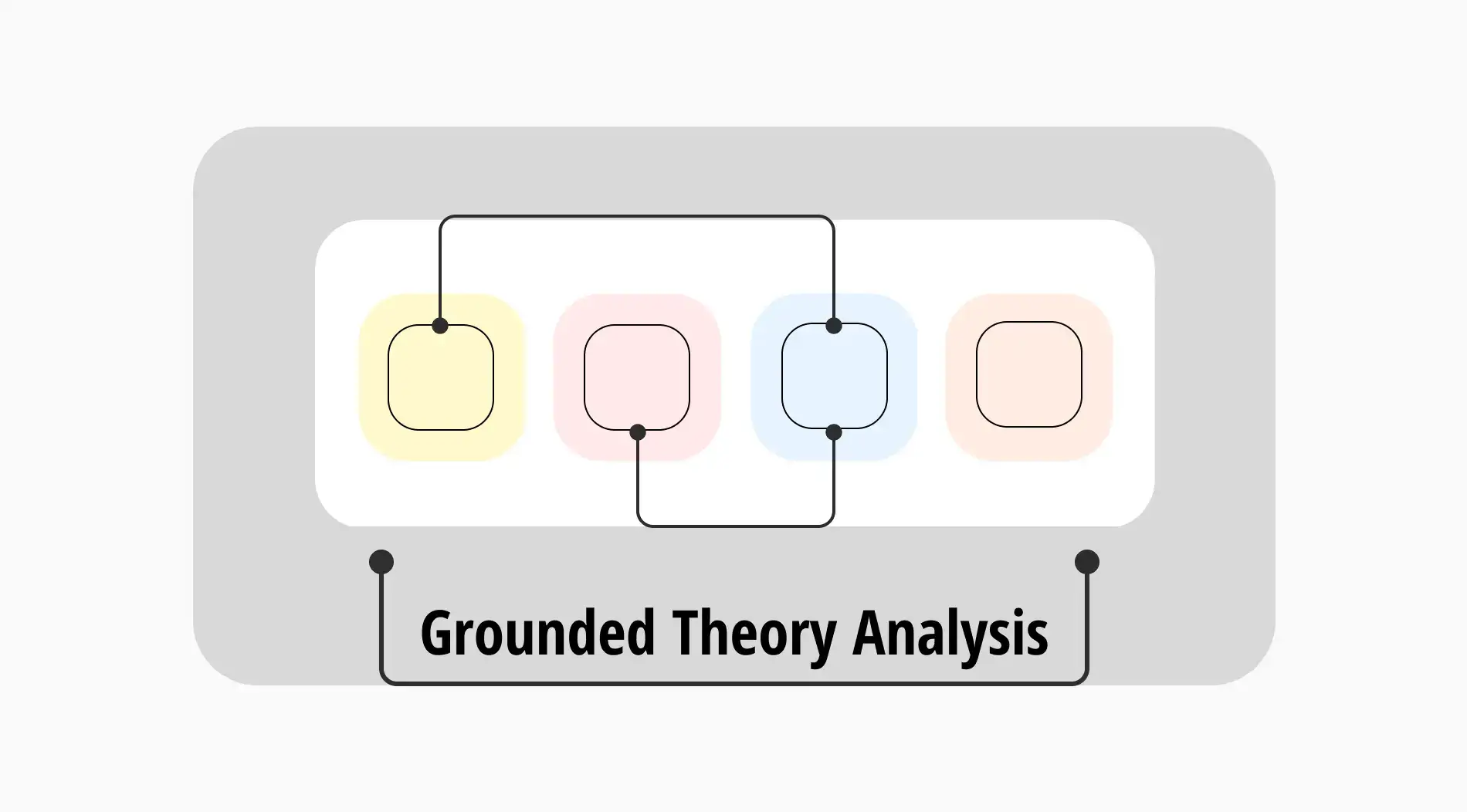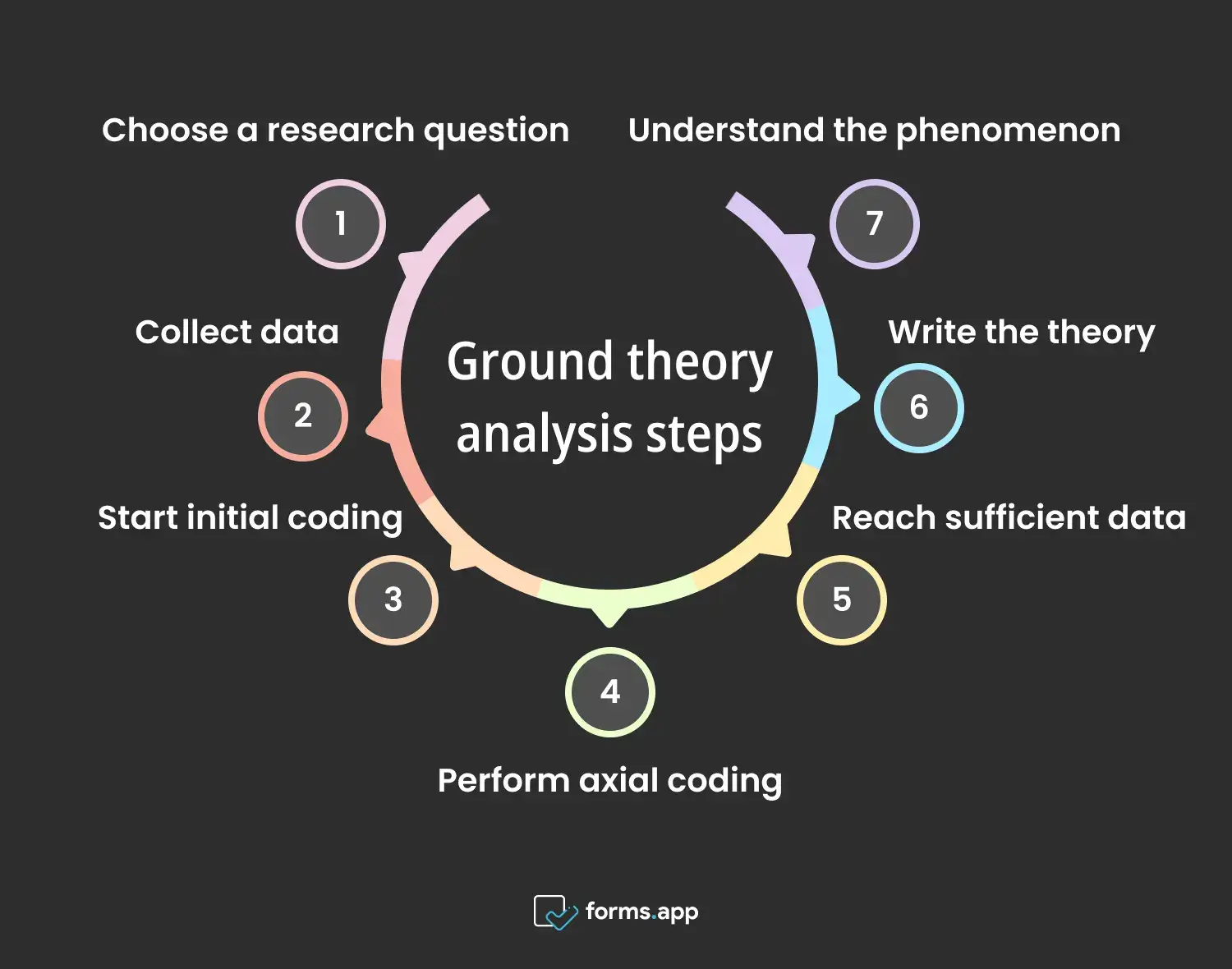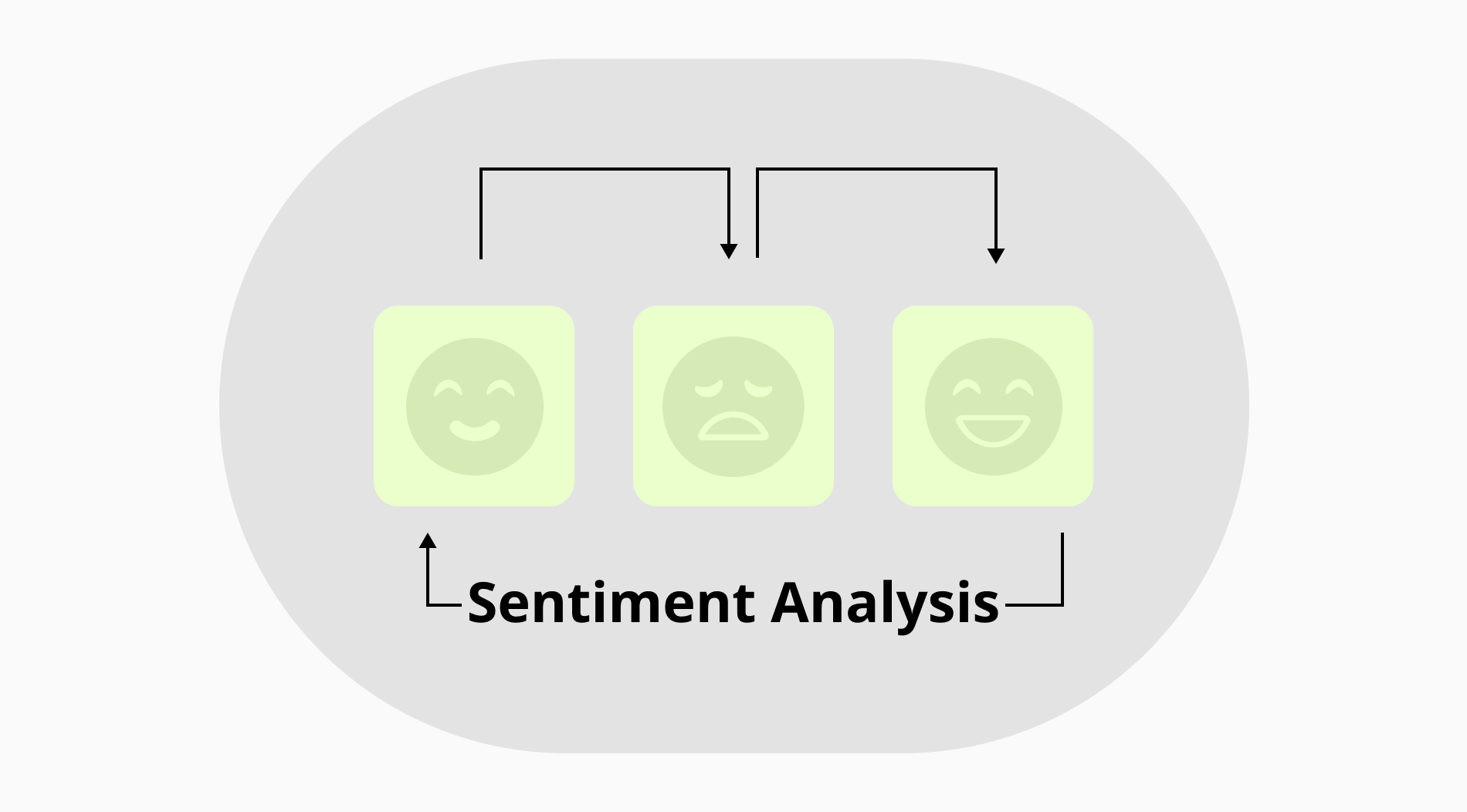
One of the most common problems in research is that there is not enough data to generate a hypothesis. In such cases, the research should naturally start with collecting data and follow an inductive path. This is where grounded theory analysis comes to your aid. It allows you to formulate a hypothesis by combining your analysis with data collection.
In this article, the grounded theory analysis will be explained to you, including its ins and outs. In particular, you will be reinforced with diverse examples to help you understand the subject. Thus, it will be a great opportunity for researchers who are eager to learn this methodology. Now, begin learning it by reading its definition.
What is the grounded theory analysis?

Grounded theory analysis is a qualitative research technique used to generate theories while collecting data.
This feature distinguishes it from traditional analysis approaches because it is used to discover patterns and themes together at the same time with data collection. Coding is the key concept in this process because it is a step that must be taken to determine categories, make comparisons, and ultimately develop a complete theory.
Ground theory analysis steps
In order to apply grounded theory analysis, researchers need to complete certain stages. These stages, of course, start with data collection and end with the introduction of the theory. You can perform your analysis by following the steps below:

Steps for the ground theory analysis
- Choose a research question: Is the subject you want to work on marketing? Or about increasing raises? Or understanding customer experiences? First, determine the topic you will study and be specific.
- Collect data: You need to collect data from whichever media best reflects the focus of your subject. For example, in places where data is scarce, you can uncover new data by conducting surveys, interviews, and observations. However, this involves another step, sampling, because the participants you choose must be compatible with the course of the research and the theory that will emerge.
- Start initial coding: Once you have transcripts of surveys, observations, or interviews, you need to classify them. By separating these into individual excerpts, you perform open coding. This classification work is done again and again using a constant comparative method.
- Perform axial coding: You need to organize the resulting codes. This step is important to distinguish relationships and patterns between codes easily.
- Reach sufficient data: It is useful to repeat the steps above to reach theoretical saturation. It is an opportunity for you to correct any steps you may have taken incompletely or incorrectly. New data may bring new insights or change the outcome of the research. So make sure you get a grounded theory, like the name of the analysis.
- Understand the phenomenon: You can also call this step selective coding. You need to reach the core category that integrates all categories. The core you have reached is the basis of your thesis.
- Write the theory: Finally, unify all categories around a coherent theory. Explain what contributes to the research question and findings.
How to conduct a grounded theory in a research study
Here, we will try to explain how grounded theory works by presenting you with an example study. For example, the purpose of the research is "to learn what strategy you can develop against your competitors in a new market."
A company wants to conduct research in this context. This company wants to contact and interview the owners or managers of businesses that have recently entered the market.
1. First, start with data collection. It is very important that you choose the appropriate sample in this step. It may be helpful to select companies that have something in common with your company. Then, list the participants. These can be CEOs of companies, department managers, and company strategists. Lastly, you interview the participants. Apart from the interviews, you can also expand the data with market reports and company financial documents.
2. In the second step, you need to start coding the transcripts of the interviews and financial documents. For example, you have identified frequently occurring expressions such as "market research," "competition," "new market," "branding," and "product adaptation.". You proceeded by constantly comparing whether these concepts were compatible in each interview and document.
3. Now, it's time to uncover patterns and relationships. You created broader categories by examining the connections between open codes. For example, you put the "branding" and "product adaptation" tags under the "product development" category.
4. In the last stage of coding, all that remains is to determine the core category. As a result of the initial and axial coding you made, the "Market Entry Strategy" core category emerged.
5. Start developing your theory. List the key elements that emerge as a result of the categories. You have a theory consisting of many components, such as customer demands, company powers, intercompany relations, brand reputation, and legal regulations. After this step, all that remains is to put the grounded theory into practice.
Examples of the grounded theory analysis
The grounded theory approach is frequently used in social sciences, and it contains complex components, such as sociology, education, and psychology. Apart from this, it is a method applied in cases where theories are inadequate in fields such as economics and healthcare. Now, you will read examples of grounded theory used in various disciplines.
Sociology
- A study trying to determine which ages and among which social groups homelessness is most common
- A study about how immigrants are welcomed in the countries they immigrate to
- A study about the importance of digital platforms in creating a global culture
Education
- A study on how current and sufficient the materials used by teachers in the classroom environment are
- A study on the educational success of students over the age of 30 at universities
- A study trying to determine how often teachers and students use technological opportunities for educational purposes
Psychology
- A study evaluating the experiences of people with an addiction that reintegrated into society
- A study about the methods used by individuals with chronic mental disorders to cope with them
- A study about the techniques used by civil servants to reduce work stress
Pros & Cons of the grounded theory analysis
With grounded theory analysis, you can systematically conduct research with insufficient data. We explained how to do this in the titles above, but remember that this analysis has some limitations as well as its advantages. Here, you can decide whether it is suitable for your research by understanding its pros and cons:
Pros
- Grounded theory methodology provides rich data because it is explicitly based on data collection.
- The findings are consistent with the real world. This is especially true when the research is based on observation, surveys, and interviews.
- It is a flexible analysis type because you can change its method and update its data at any time.
- You don't need an initial theory to start with.
- It is a well-structured and systematic analysis with coding processes.
Cons
- It is a time-consuming analysis because of the repetitive coding, data collection, and theoretical sampling steps.
- Classifying large volumes of qualitative data is quite tiring and challenging.
- It is a complex process as coding (initial, axial, selective) knowledge, theory generation, and sample methods need to be known enough to carry out the analysis.
- It is prone to researcher bias. Although the findings are objective, bias may occur during their processing and interpretation.
- Although it varies depending on the sample, grounded theory is a type of analysis with low repeatability.
Key points to take away
All in all, grounded theory is a qualitative research methodology for researchers who want to create a competent theory. This methodology allows you to perform data collection and analysis simultaneously. This article has been prepared as an instructive tool for you to understand and conduct the analysis. First, the definition of grounded theory analysis is provided in the introduction.
Then, the steps of the analysis were shown. In the following heading, how you would conduct the analysis in a research study was explained with an example. Examples of the use of grounded theory analysis in different disciplines were presented, and finally, the strengths and weaknesses of the analysis were shared with you.
Atakan is a content writer at forms.app. He likes to research various fields like history, sociology, and psychology. He knows English and Korean. His expertise lies in data analysis, data types, and methods.



 4 minutes de lecture
4 minutes de lecture
.png)
